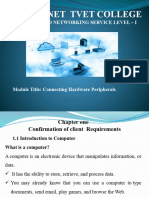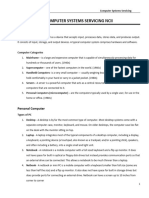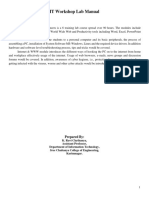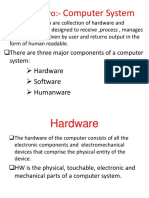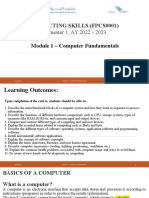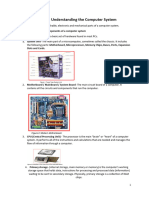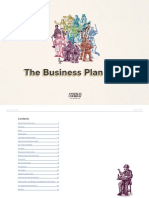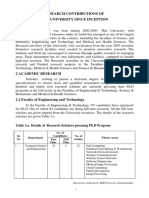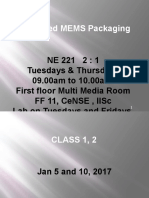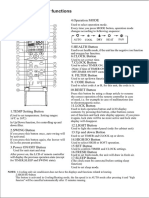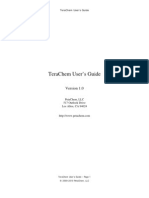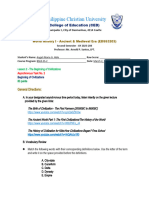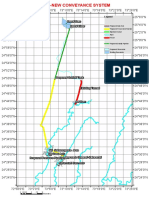CLASS 7- COMPUTER
Chapter 1- Hardware Components
Exercises
A. 1. Hardware
2. Motherboard
3. Ethernet
4. Heat Sink
5. Pixels
B. 1. False
Correct statement - Hardware and Software are interdependent on each other.
2. True
3. False
Correct statement - Serial port transfers the information in or out sequentially one bit at a time.
4. True
5. True
C. 1. c. Plotter
2. a. Optical Mouse
3. a. Impact
4. c. Both a and b
5. a. Flash Drive
�D. 1. USB port
2. Scanner
E. Answer the following questions.
Q1. Describe hardware and software.
Ans. Hardware: The physical components of a computer that you can touch and feel are known as
hardware. Hardware can be further categorized into internal and external hardware.
Software: A software is a set of programs that instructs a computer about the work to be done. Software
can be classified into two main categories: System software (operating system, utility software etc.),
Application software (Word, PowerPoint etc.)
Q2. Distinguish between the internal and external hardware.
Ans. Internal hardware: The hardware components that are installed inside the CPU cabinet are called
internal hardware. Example motherboard, network card.
External hardware: The components that are attached to the computer externally, are called external
hardware components. These are also known as peripherals. These peripherals can be divided into three
Categories: Input devices (keyboard), Output devices (monitor) and Storage devices (CD).
Q3. What is a motherboard?
Ans. A motherboard is the main circuit board of a computer that holds the most essential components of
the computer system.
Q4. What are ports? What is the difference between serial and parallel ports?
Ans. A computer port is a slot on the motherboard that acts as a point of connection between a computer
and an external device.
�Serial Port: It transfer the information in or out sequentially one bit at a time. It requires only one data
line for data transmission. It is used to connect printers and mouse.
Parallel Port: It transfers several bits of data together at one time. It is used to connect scanners, printer.
Q5. What is a modem? Explain its types in brief.
Ans. Modem stands for modulator-demodulator. It is a device that allows a computer to send or receive
information through telephone lines by converting digital data into analog signals and vice-versa.
Modems can be classified as internal modem and external modem.
Internal Modem: An internal modem comes pre-installed in the computer. PC card modems are
specifically designed for portable computers.
External Modem: It is a modem that is installed outside the CPU.
Q6. What is the use of SMPS?
Ans. SMPS uses a switching regulator to control and stabilize the output voltage by switching the load
current on or off. It transfers electric power from a source (AC mains) to low voltage Direct Current (DC).
Q7. Why do you use printers? Explain about the impact and non-impact printers.
Ans. A printer is a peripheral device that prints the information on a paper. A printed paper is called a
hardcopy. We use printers to get the print of the information on a paper.
Impact printers: Allows physical contact between the printer head and paper, i.e., these printers print by
the impact of printer head on the paper. Examples are Daisy Wheel Printers, Dot-Matrix Printers.
Non-Impact Printers: Do not allow physical contact between the printing head and paper, i.e., they do not
strike against the inked ribbon or the paper that is being printed. Example Thermal Printers, Ink Jet
Printers.
















